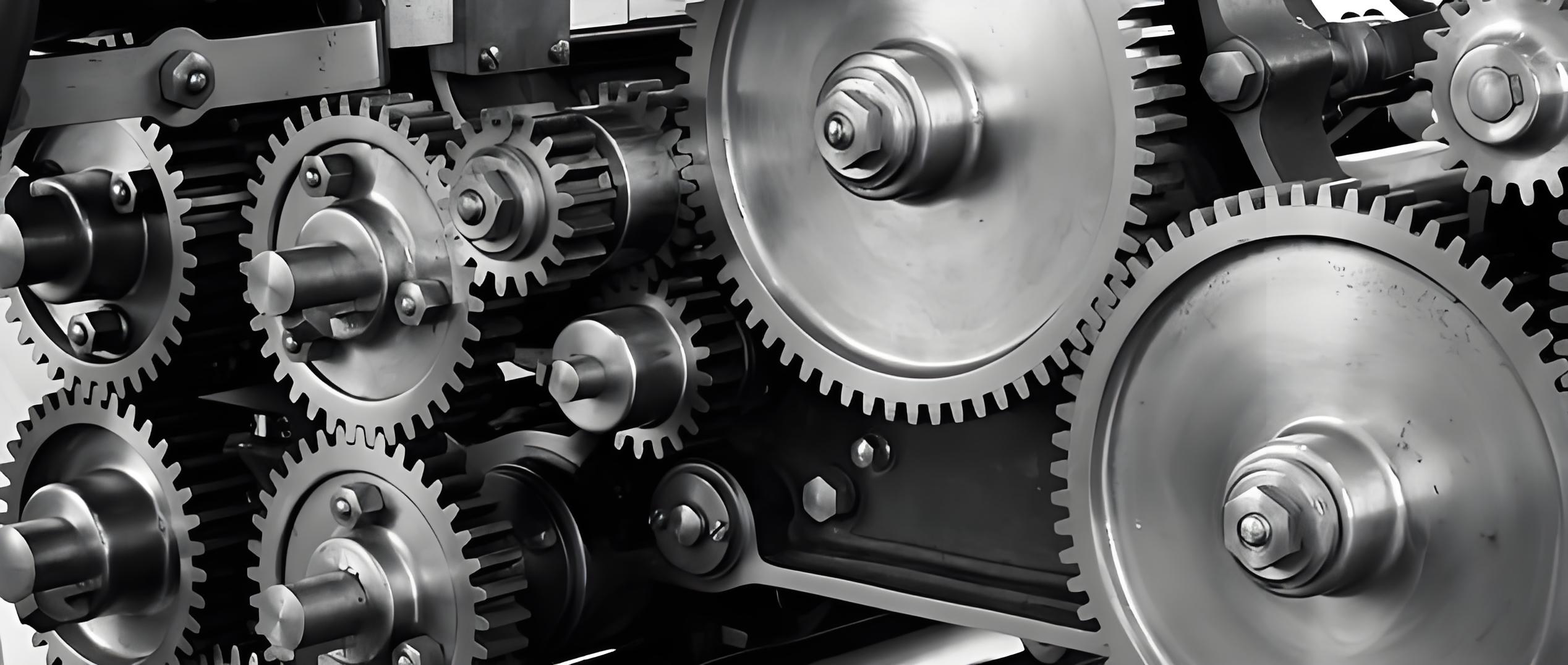The advent of Computer-Aided Design (CAD) has revolutionized many engineering fields, including the manufacturing of spur gear. CAD technology offers numerous benefits that enhance the design, analysis, and production processes of spur gear. This article delves into the various roles of CAD in modern spur gear manufacturing, highlighting its impact on efficiency, accuracy, and innovation.

Introduction
Spur gear is among the most commonly used gears in mechanical systems, known for their simplicity and efficiency in transmitting torque between parallel shafts. The traditional methods of designing and manufacturing spur gear often involved manual calculations and drafting, which were time-consuming and prone to errors. With the introduction of CAD, the spur gear manufacturing industry has undergone significant transformations, leading to improved quality and performance of spur gear.
Advantages of CAD in Spur Gear Manufacturing
Precision and Accuracy
CAD software enables designers to create highly precise and accurate spur gear models. The detailed 3D representations allow for meticulous design adjustments and optimizations. This precision translates directly to the manufacturing process, ensuring that the final gear meet stringent specifications and performance criteria.
Efficiency and Time Savings
The use of CAD drastically reduces the time required to design spur gear. Automated tools and features within CAD software streamline the design process, enabling rapid prototyping and iteration. Table 1 illustrates the time savings achieved through the adoption of CAD in gear design.
| Design Method | Average Design Time (hours) |
|---|---|
| Manual Drafting | 40-60 |
| CAD Design | 10-20 |
As shown in Table 1, CAD design significantly reduces the design time, allowing for faster development cycles and quicker time-to-market.
Enhanced Visualization and Simulation
One of the key benefits of CAD is the ability to visualize and simulate gear designs under various operating conditions. Engineers can perform stress analysis, motion studies, and interference checks to predict the performance and potential issues of spur gear design. Table 2 highlights the types of simulations commonly performed using CAD software.
| Simulation Type | Purpose |
|---|---|
| Stress Analysis | Evaluates the distribution of stresses |
| Motion Analysis | Assesses gear movement and interaction |
| Thermal Analysis | Analyzes heat generation and dissipation |
| Interference Check | Ensures no unwanted contact between parts |
These simulations help in identifying and addressing design flaws early in the development process, leading to more robust and reliable spur gear.
Customization and Flexibility
CAD allows for easy customization of spur gear designs to meet specific requirements. Designers can quickly modify parameters such as gear size, tooth profile, and material properties. This flexibility is particularly beneficial for producing spur gear tailored to unique applications and customer specifications.
Integration with Manufacturing Technologies
CAD software seamlessly integrates with Computer-Aided Manufacturing (CAM) systems and other advanced manufacturing technologies. This integration facilitates the direct transfer of digital designs to machining equipment, ensuring high fidelity between the designed model and the manufactured product.
CNC Machining
CAD models can be directly imported into CNC machines, which use the digital data to precisely cut and shape gears. This process reduces the likelihood of human error and enhances manufacturing accuracy. Table 3 compares the dimensional accuracy of spur gear produced using traditional methods and CNC machining with CAD integration.
| Manufacturing Method | Dimensional Accuracy (microns) |
|---|---|
| Traditional Machining | ±20-50 |
| CNC Machining with CAD | ±5-10 |
The table demonstrates the superior accuracy achieved through the use of CNC machining combined with CAD.
Additive Manufacturing
Additive manufacturing, or 3D printing, is another area where CAD plays a crucial role. CAD models are used to create precise digital blueprints for 3D-printed gears, allowing for the production of complex geometries that are difficult or impossible to achieve with traditional methods. This capability opens up new possibilities for innovative gear designs and rapid prototyping.
Case Studies
Several industries have successfully implemented CAD in their gear manufacturing processes. For example, the automotive industry uses CAD to design high-performance gears for transmissions, optimizing them for durability and efficiency. Similarly, the aerospace sector relies on CAD for creating lightweight and strong gears that meet rigorous performance standards.
Conclusion
The role of Computer-Aided Design in modern spur gear manufacturing is indispensable. CAD technology enhances precision, efficiency, and flexibility in the design and production processes. By enabling detailed simulations and seamless integration with manufacturing technologies, CAD ensures that spur gear meet high-quality standards and perform reliably in various applications. As CAD software continues to evolve, its impact on the gear manufacturing industry will only grow, driving further innovations and improvements.
